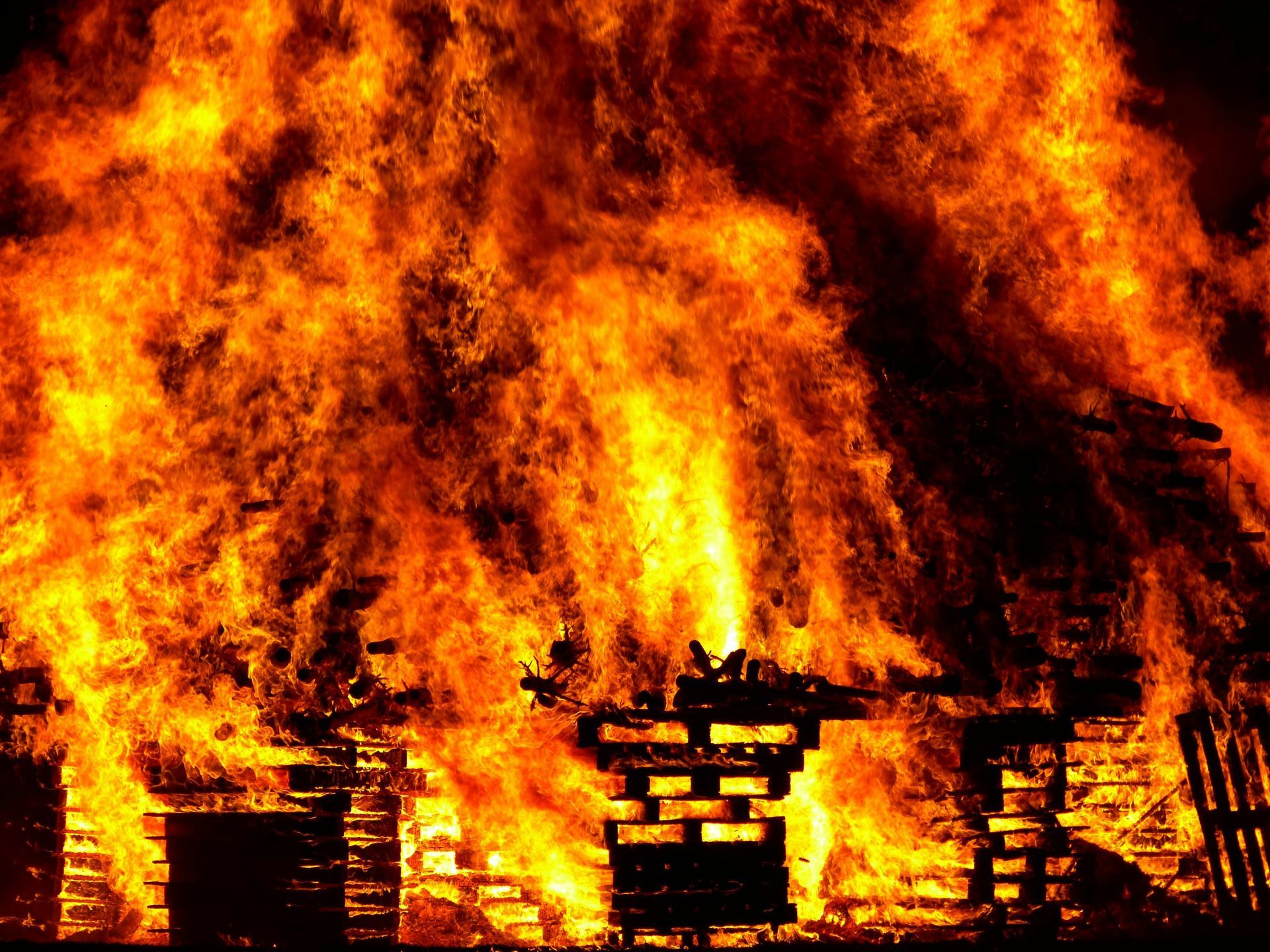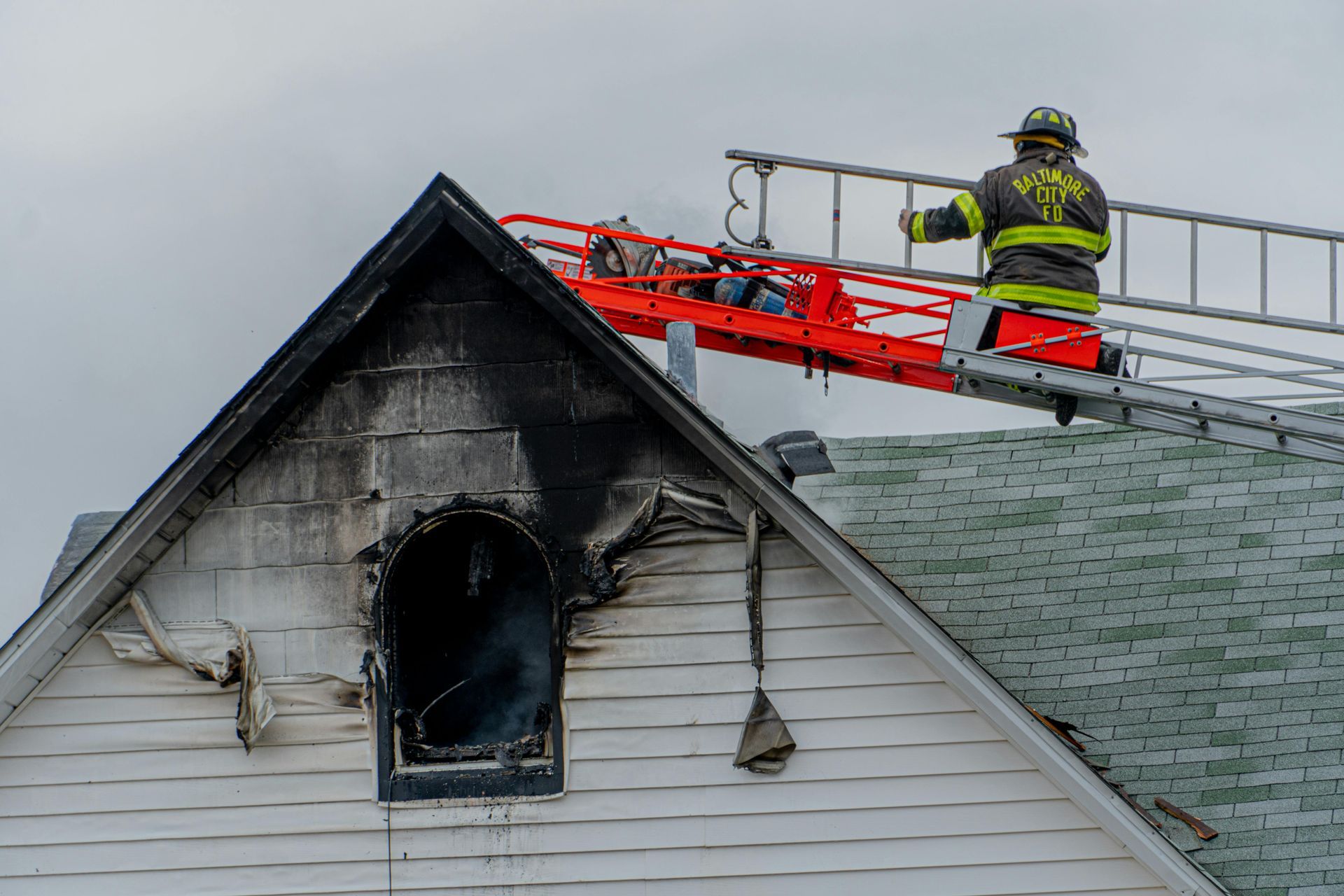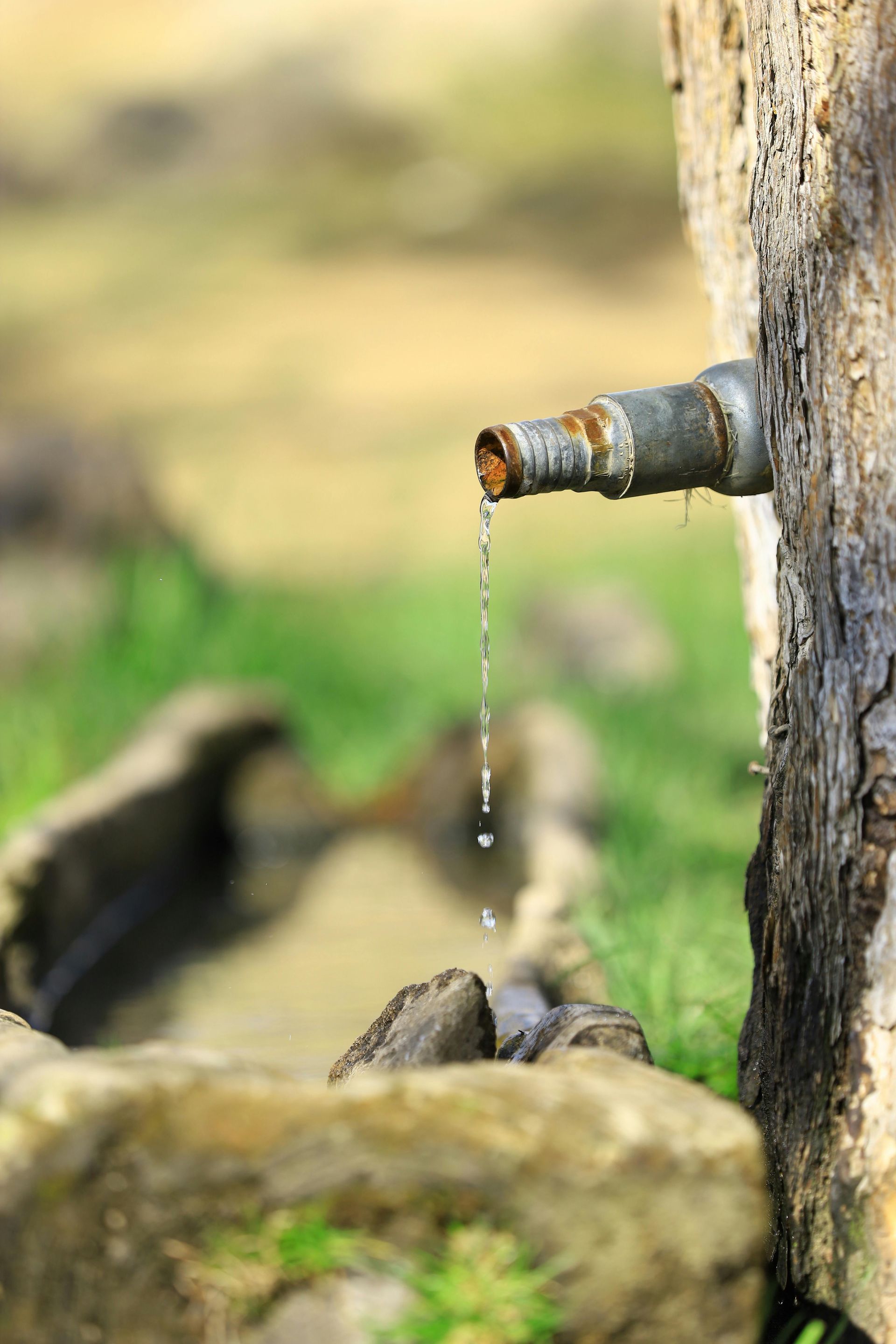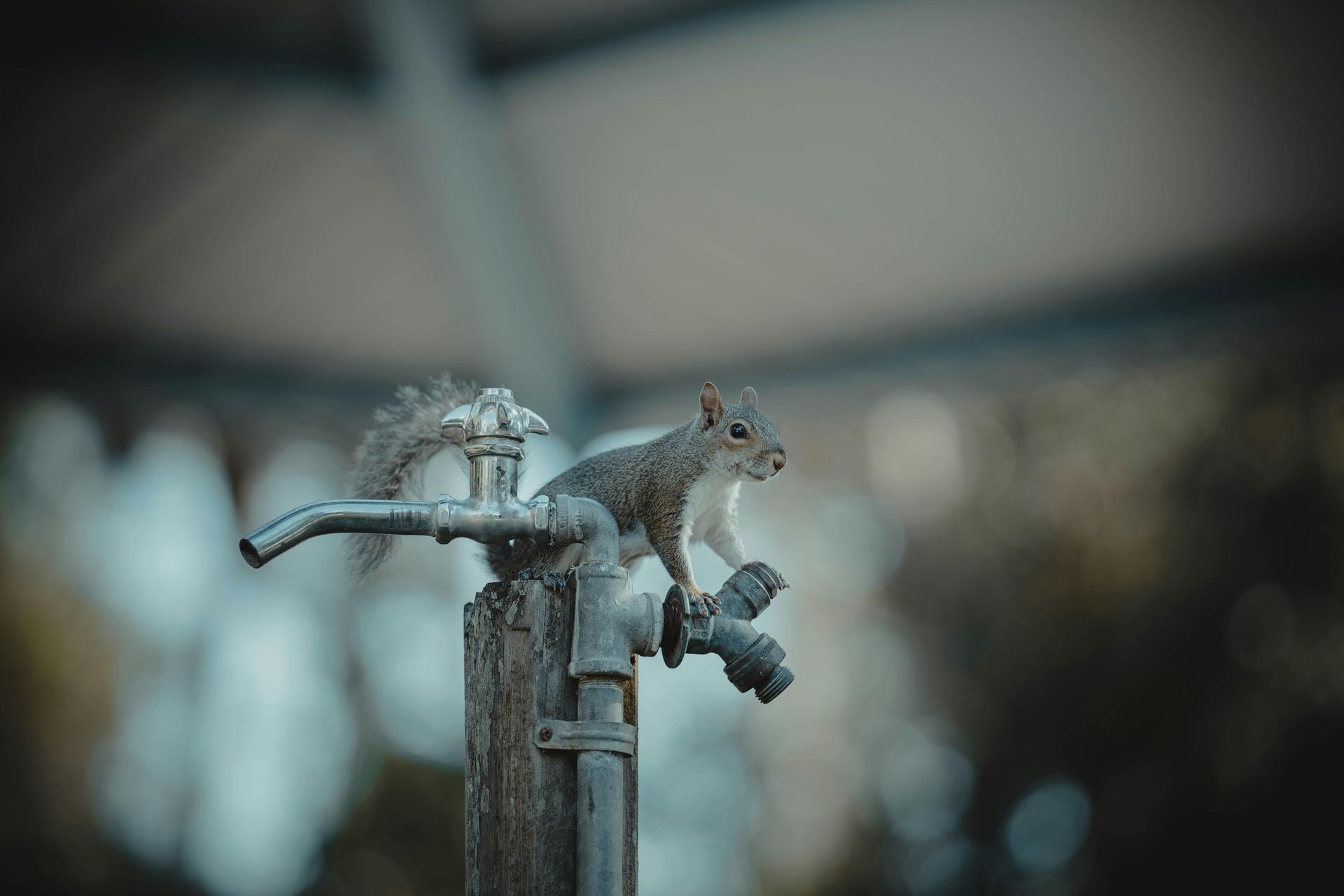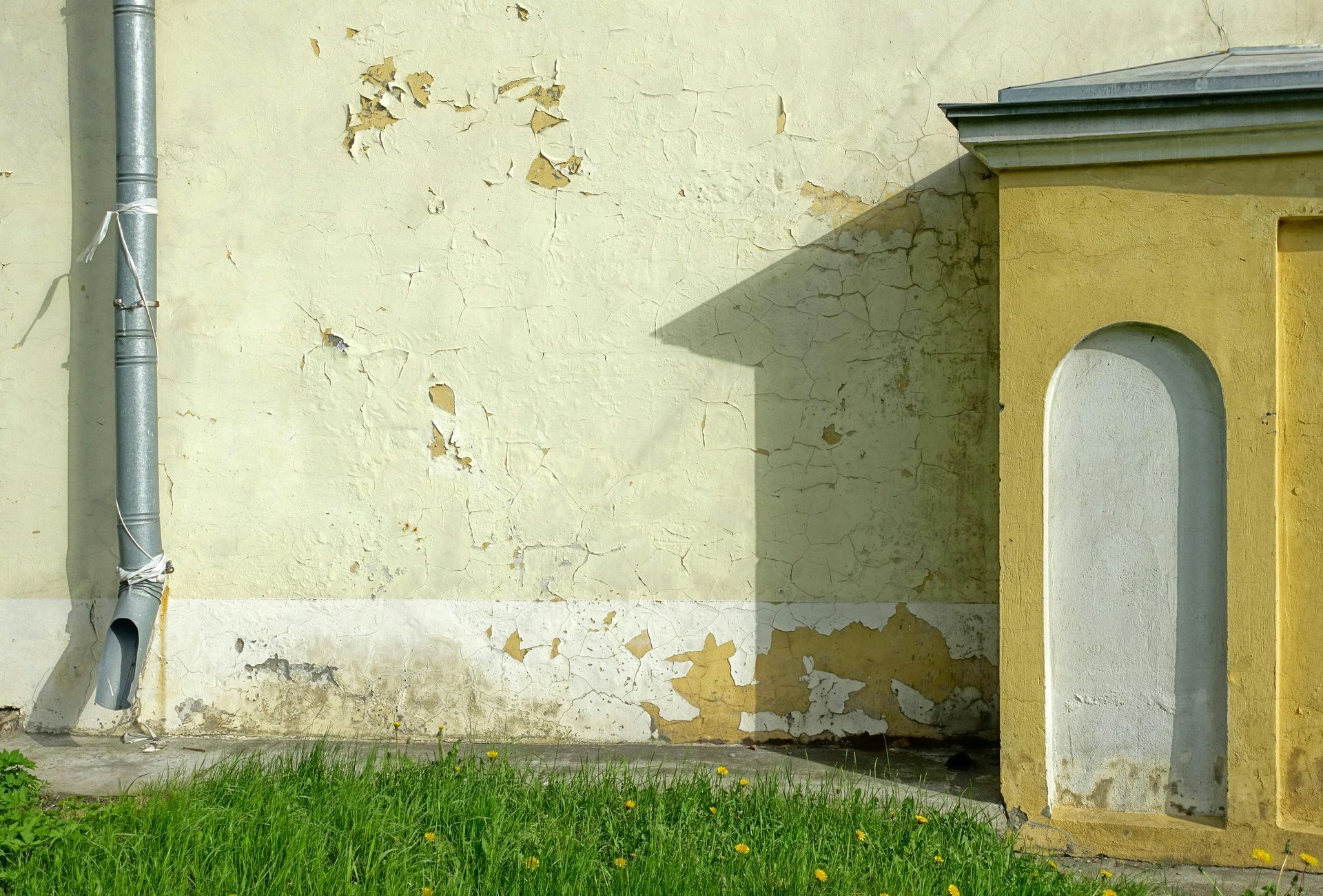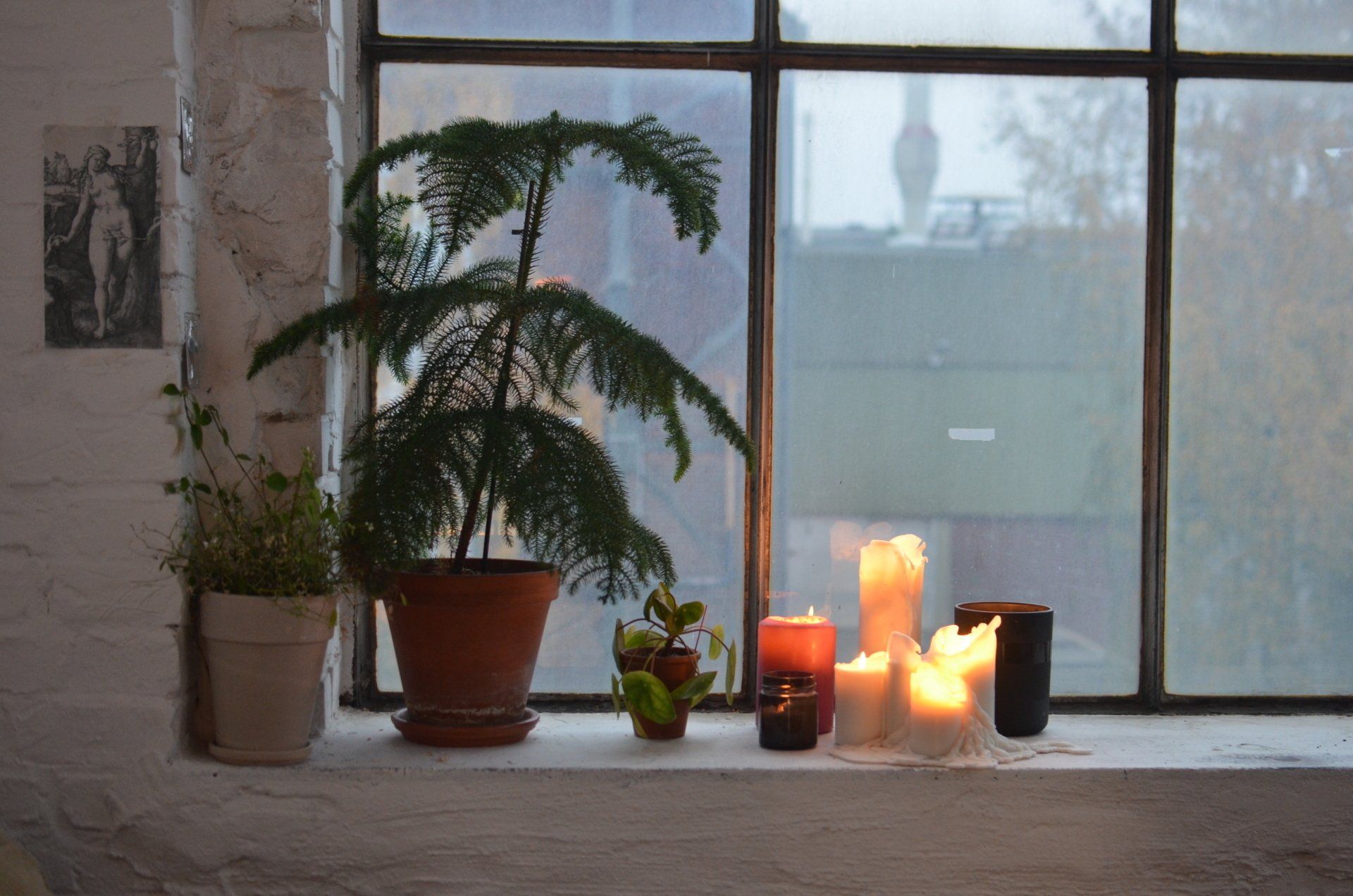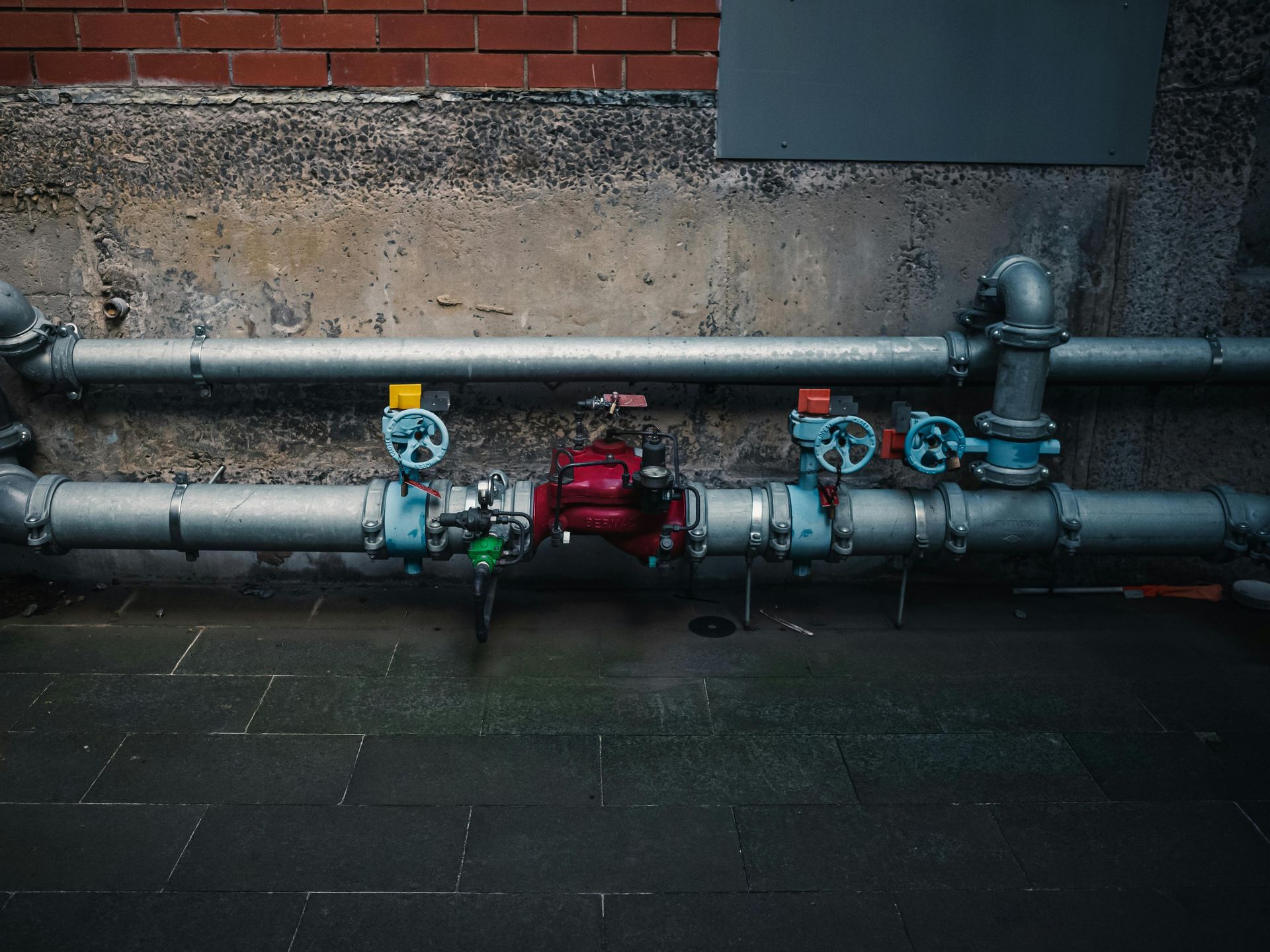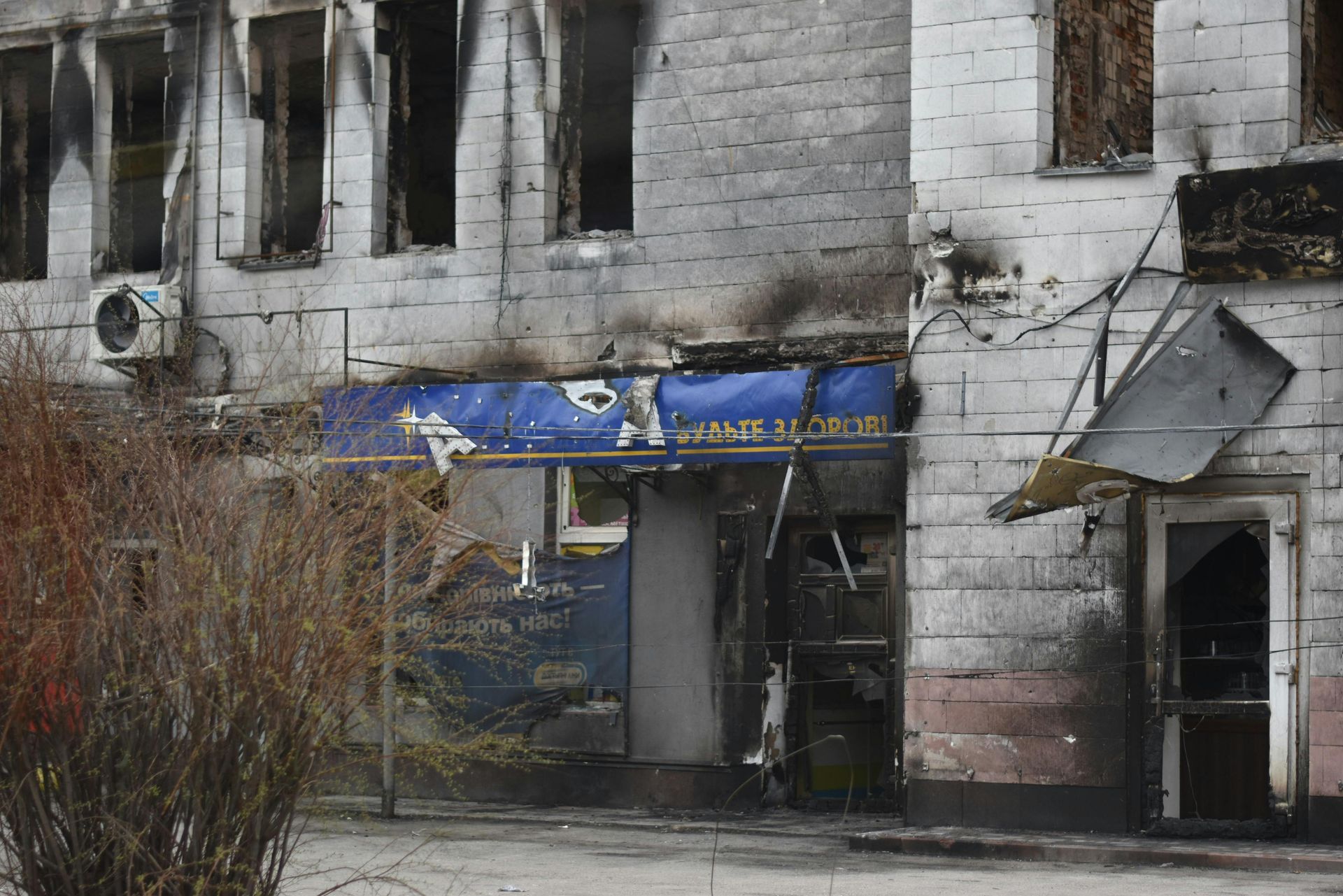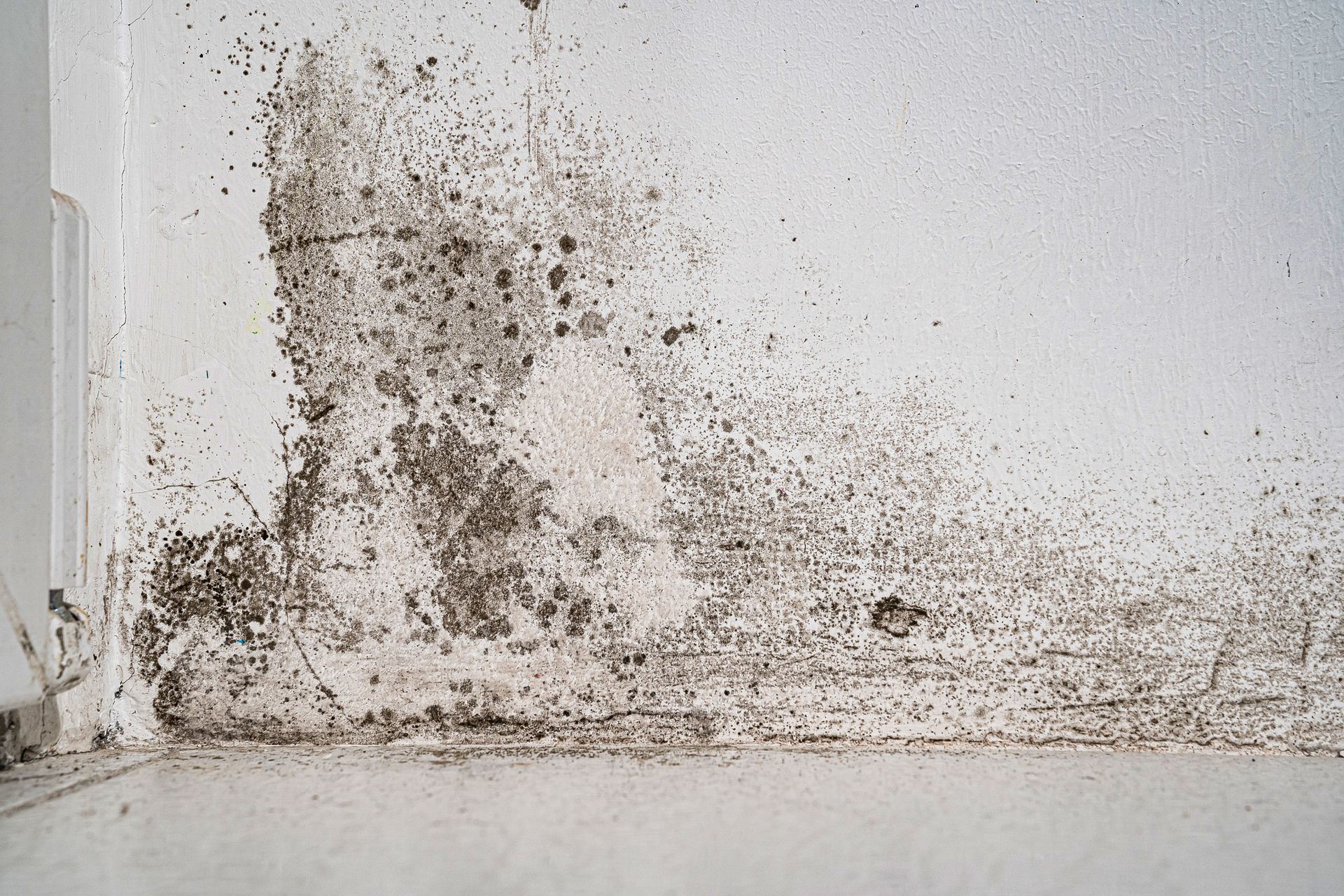Stop Fires Before They Start: A Guide on How to Prevent Fire Damage
Fire-related incidents in residential areas are not only devastating but can also lead to irreplaceable losses, including property damage, severe injuries, and in tragic cases, loss of life. Understanding how to prevent fire in the home is of paramount importance for safeguarding your loved ones and assets against such unforeseen calamities. This guide aims to educate homeowners on effective fire prevention techniques, helping to mitigate the risk of fire breakouts. We will explore the common causes of household fires, provide strategic measures for fire prevention, and offer tips for creating a safer living environment. Our goal is to equip you with the necessary knowledge to protect your home and family from the dangers of fire.
Understanding Fire and Its Causes
Fire is a chemical reaction involving the rapid oxidation of combustible materials, releasing heat, light, and various reaction products. This exothermic process requires three elements—fuel, heat, and oxygen—collectively known as the fire triangle. Understanding the basic science of how fire ignites and spreads is fundamental in preventing and controlling fires. Statistics from the National Fire Protection Association (NFPA) reveal that fire departments in the United States respond to an estimated average of 354,400 home structure fires per year, leading to a yearly average of 2,620 civilian deaths and $6.9 billion in property damage. Such figures underline the severity and frequency of house fires, stressing the importance of fire prevention in residential areas.
Common Causes of House Fires
- Cooking Accidents: Incidents involving cooking are the leading cause of home fires and fire injuries. Leaving cooking appliances unattended or mishandling grease can lead to fires that spread rapidly. For instance, a grease fire occurs when cooking oil becomes too hot and ignites, which can disastrously escalate if water is mistakenly used in an attempt to extinguish it.
- Electrical Issues: Faulty wiring, overloaded power outlets, and malfunctioning electrical appliances are significant risks that can lead to fires. An electrical fire can start from overtaxed power outlets or aging wiring systems that fail to handle the electrical load, causing overheating and potentially igniting adjacent materials.
- Cigarettes and Other Smoking Materials: Smoldering cigarettes or improperly discarded smoking materials can ignite fabrics or trash, leading to fires. Smoking in bed is particularly dangerous due to the proximity to flammable bedding materials and the risk of falling asleep.
- Children Playing with Fire: Curiosity can lead children to experiment with matches, lighters, and candles, risking accidental fires. Such incidents often begin in bedrooms or secluded areas, unnoticed until it's too late.
- Flammable Liquids and Gases: Improper storage or handling of gasoline, propane, and other volatile substances can create fire hazards. These materials can easily ignite from a spark or high heat, causing explosive fires that are difficult to control.
- Arson or Intentional Fires: Deliberately set fires pose a serious risk to life and property. Motivated by various reasons, arson can result in widespread damage and is a challenge for fire prevention efforts.
- Natural Disasters: Lightning strikes, wildfires, and other natural events can ignite fires that spread quickly, especially in drought-prone areas. These incidents, though less preventable, underscore the need for community-wide fire safety planning and preparedness.
Fire Prevention Tips
To significantly reduce the risk of fire in your home, it's essential to implement proactive measures. From ensuring all cooking is supervised to regularly inspecting electrical systems and practicing safe storage of flammable materials, each step contributes to a safer living environment.
Ensure Smoke Alarms Are Installed and Working
Smoke alarms are a critical component in early fire detection, providing residents with the precious time needed to evacuate safely. They are instrumental in reducing the risk of fatalities in the event of a fire by notifying individuals of the danger before it escalates. It is recommended that the smoke alarms be tested monthly and the batteries be replaced at least once a year or as instructed by the manufacturer. Additionally, smoke alarms should be entirely replaced every ten years to ensure their efficacy. When installing smoke alarms, place them on every level of your home, including the basement and near sleeping areas. Ensure they are mounted high on walls or ceilings to optimize detection. Regular maintenance should include cleaning the alarms by vacuuming over and around the sensor to remove dust and debris, which can hinder performance. Following these guidelines can significantly enhance your home's safety and fire prevention efforts.
Create and Practice an Escape Plan
Having an escape plan in case of a fire is a vital safeguard for you and your family's safety. In the event of a blaze, knowing exactly where to go can make the difference between safety and catastrophe. An effective escape plan includes identifying two exits from every room, including windows and doors, and ensuring they are clear of obstacles. It is crucial to practice this plan regularly with all household members to ensure everyone is familiar with it, especially children. Practice should include nighttime drills since fires can occur at any time. Another key component of your escape plan is establishing a designated meeting place outside the home, a safe distance away, where everyone can gather after escaping. This allows you to quickly account for all household members and inform the fire department if anyone is missing.
Regularly Maintain Appliances and Electrical Wiring
Regular maintenance of appliances and electrical wiring is paramount in minimizing fire risk within your home. Over time, wear and tear on cords and appliances can lead to dangerous situations if not addressed. It's advisable to inspect power cords regularly for any signs of fraying, cracking, or other damage that could indicate a fire hazard. Additionally, ensure that appliances are not overused or overloaded, as this can cause overheating and potential ignition of surrounding materials. Electrical systems should be inspected by a qualified electrician at least once every decade or more frequently in older homes. Professional inspections can identify and mitigate risks such as outdated wiring or overloaded circuits. Taking these steps helps ensure the safety of your home and its occupants by preventing electrical fires before they start.
Properly Dispose of Cigarettes and Other Smoking Materials
Smoking materials, including cigarettes, cigars, and pipes, are a leading cause of residential fires. Improper disposal can lead to smoldering fires, which are particularly dangerous because they can go unnoticed until it's too late. The importance of responsible handling and disposal cannot be overstated. Always use deep, sturdy ashtrays and ensure that smoking materials are fully extinguished before disposal. Never discard smoking materials in trash bins, vegetation, or on the ground, especially in dry conditions, as this significantly increases the risk of igniting a fire. It's also wise to douse cigarette butts and ashes in water or sand to ensure they are out completely. By adhering to these practices, individuals can markedly reduce the likelihood of fires, safeguarding their homes and communities from the devastating consequences of careless smoking material disposal.
Don't Leave the Food Unattended When Cooking
Leaving food unattended while cooking is one of the primary causes of kitchen fires. A moment's distraction can result in overheating, which may ignite nearby flammable materials or the cooking oil itself, leading to a disastrous fire. To ensure kitchen safety, it's crucial to remain in the kitchen while cooking, especially when frying, boiling, grilling, or broiling food. If you must leave, even for a short duration, turn off the stove. Additionally, keep flammable objects such as oven mitts, wooden utensils, food packaging, and towels away from the stove. These items can catch fire quickly and escalate the situation. By maintaining a clean cooking area, free of grease buildup, and with combustibles safely distanced from heat sources, you significantly reduce the risk of fire, ensuring a safer cooking environment.
Use Caution When Using Candles or Space Heaters
Candles and space heaters, while adding warmth and ambiance, introduce significant fire risks if not used with caution. Candles should be kept on a stable surface, away from flammable materials like curtains, bedding, and furniture, and always extinguished when leaving the room. Never leave a burning candle unattended, and consider using flameless candles as a safer alternative. Space heaters need a clearance of at least three feet from anything that can burn and should never be left operating while unattended or while sleeping. Opt for models with automatic shut-off features and ensure they are placed on a stable, level surface. Always plug heaters directly into wall outlets, not into extension cords or power strips, to avoid overheating. By adhering to these safety measures, the risks associated with candles and space heaters can be significantly minimized, protecting your home and loved ones.
Safely Store Flammable Materials
Storing flammable materials safely is essential in mitigating the risk of accidental fires in your home. Many household items, from cleaning agents to cooking oils, can ignite under certain conditions, making proper storage practices crucial. Ensure these materials are kept in a cool, dry place, significantly reducing the likelihood of spontaneous ignition. Heat sources like stoves, heaters, and electrical equipment can trigger a fire if flammable materials are too close, so maintaining a safe distance is imperative. Additionally, it's vital to check that all containers are correctly sealed and intact, preventing the escape of vapors that could ignite in the presence of an ignition source. Flammable liquids should ideally be stored in designated safety containers and kept outside living areas, in well-ventilated spaces, or in special cabinets designed for flammable storage. Following these guidelines can substantially lower the risk of fire in your home, safeguarding your family and property.
Fire Safety Equipment
Having appropriate fire safety equipment on hand is a critical aspect of home safety for effectively preventing and reacting to fires. At the forefront of this equipment is the smoke alarm, an indispensable tool that provides early warning of fire, allowing for timely evacuation and response. It's recommended to install smoke alarms in every bedroom, outside each sleeping area, and on every level of the home, including the basement.
- Fire extinguishers are another vital component designed to suppress small fires before they escalate. Homeowners should keep at least one fire extinguisher in the kitchen and other high-risk areas, familiarizing themselves with its operation before an emergency occurs.
- Fire blankets offer a means to smother small fires, particularly kitchen fires or for extinguishing flames on a person, without the mess or damage that can result from using an extinguisher. They are most effective when readily accessible in areas like the kitchen.
- Sprinkler systems provide an automated fire response system, activating when they detect heat from a fire. They can significantly reduce the damage by controlling or extinguishing fires in the early stages, often before firefighters arrive.
- Fire screens serve a dual purpose: safety and aesthetics. Placed in front of open fireplaces, it prevents sparks and embers from escaping onto flammable materials while adding to the home's decor.
Dealing With Fire Damage? Call First Call Restoration!
When faced with the aftermath of a fire, the road to recovery can seem daunting. First Call Restoration is your go-to partner in restoring your home and peace of mind. Our team of experts specializes in fire damage assessment, cleanup, and restoration, providing comprehensive services to return your home to its pre-incident condition. We understand the emotional toll and stand ready to support you with prompt, professional, and compassionate service. Don't face fire damage alone. Contact First Call Restoration today for a consultation, and take the first step toward making your house feel like home again.
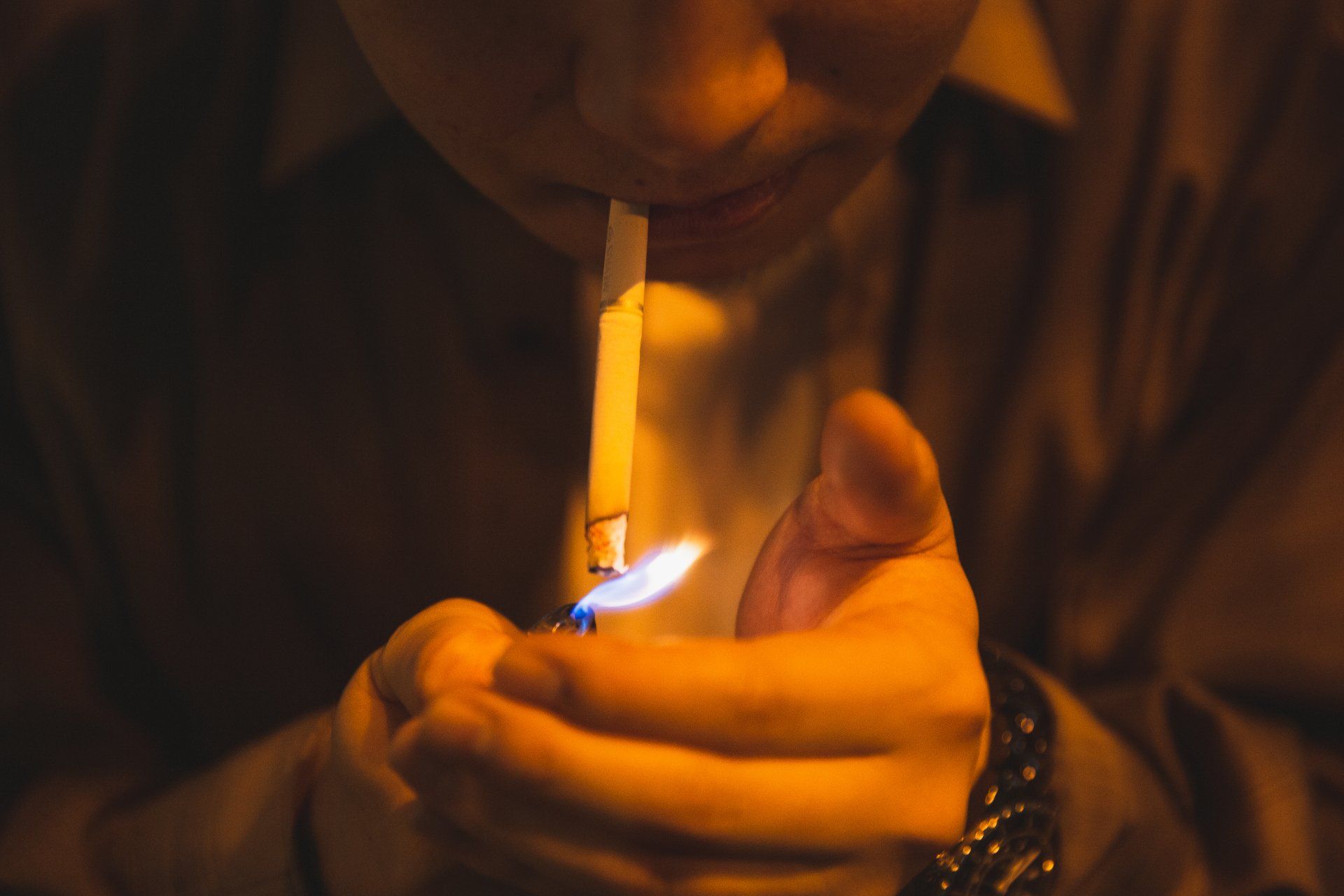
Quick Links
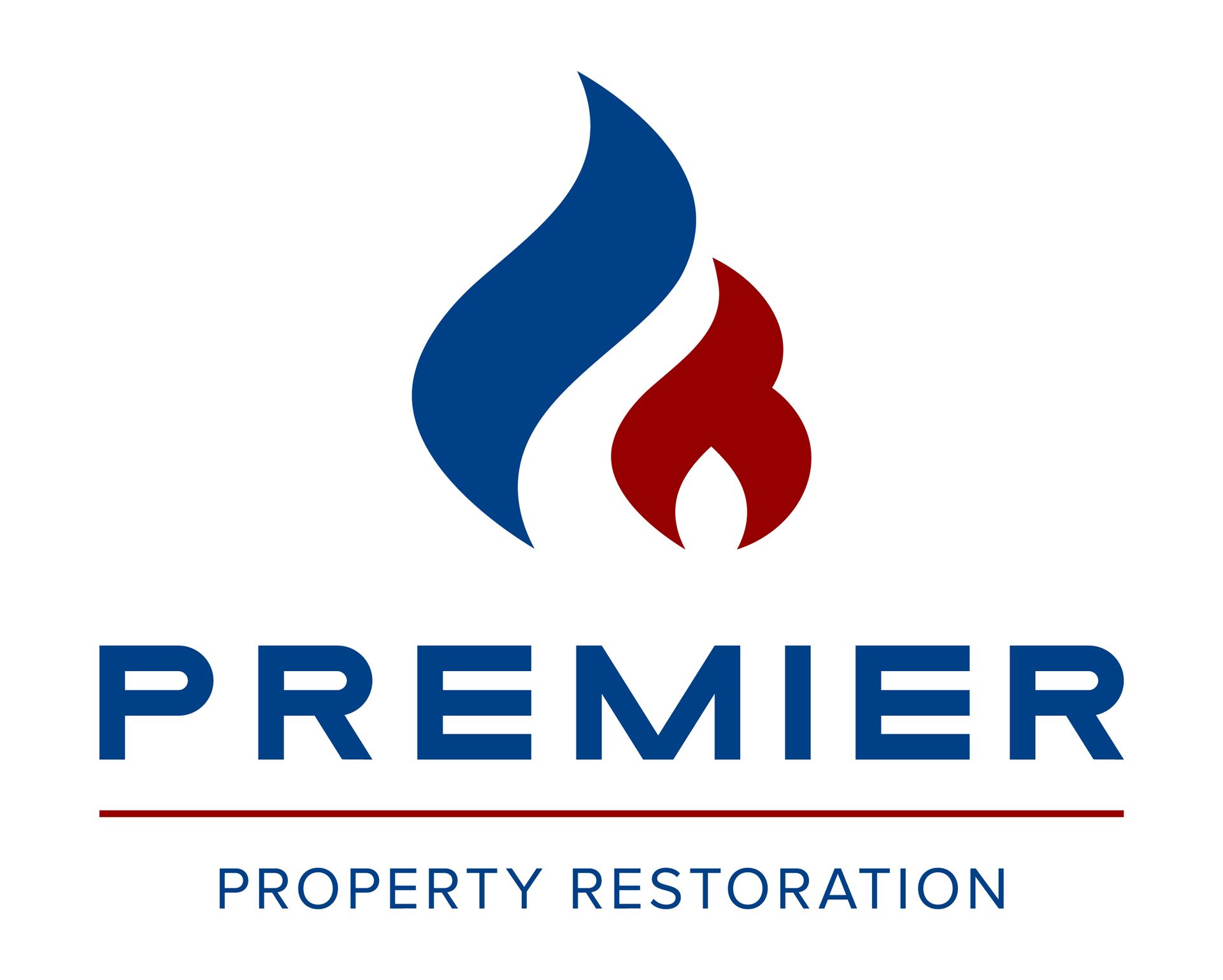
Premier Property Restoration is a trusted IICRC-certified contractor specializing in water, fire, and mold damage restoration in New Orleans and the surrounding areas. With a commitment to rapid response and high-quality service, we ensure your property is restored efficiently and effectively. Our expert team handles everything from emergency response and damage assessment to thorough cleanup, sanitation, and reconstruction. Accepting all insurance claims, we aim to make the restoration process as seamless as possible. Choose Premier Property Restoration for reliable, professional restoration services that prioritize your peace of mind and property safety.
Office Locations
Premier Property Restoration of New Orelans
4955 W Napoleon Ave #3102, Metairie, LA 70001
© 2023 • Premier Property Restoration • All Rights Reserved
